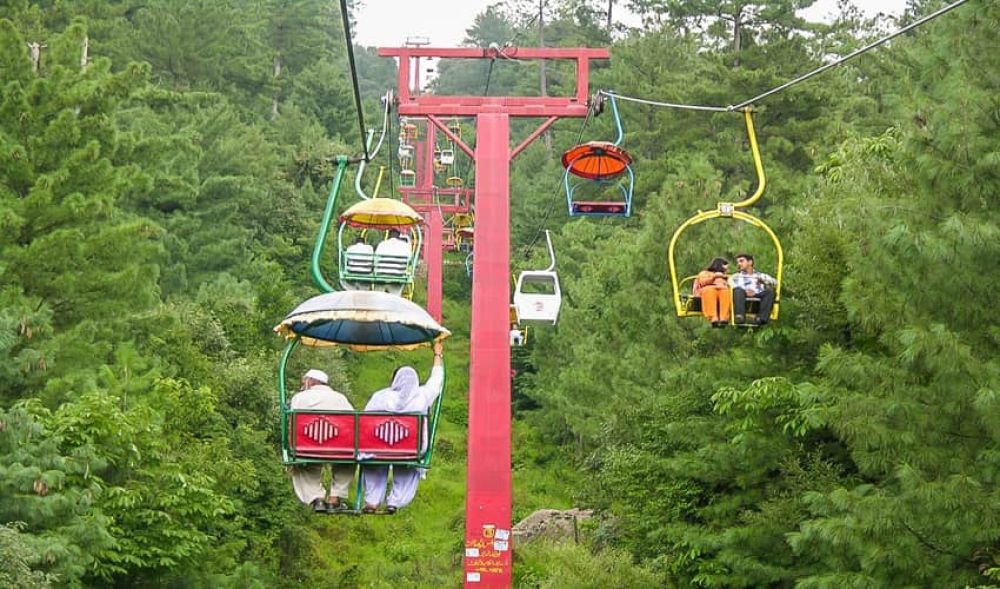

Murree, once a quaint hill station established by the British in the mid-19th century, has evolved into one of Pakistan's most popular tourist destinations. The history of tourism in Murree dates back to the colonial era when it was developed as a resort for British troops and officials seeking relief from the sweltering heat of the Indian plains. Pindi Point, with its spectacular panoramic views of the Rawalpindi City and surrounding hills, quickly became a highlight for visitors to Murree.
The popularity of Pindi Point, alongside other spots in Murree, soared with the construction of the Murree Road in 1851, which provided easier access for visitors. Its reputation as a picturesque retreat grew, and the town expanded with hotels, rest houses, and bungalows to accommodate the influx of travelers. Pindi Point also found favor among honeymooners and nature enthusiasts, who were charmed by its serene environment and pine-covered slopes.
After Pakistan's independence in 1947, Murree maintained its status as a premier hill station, and Pindi Point remained a beloved site. The region became a summer getaway for Pakistani families, and continued development of tourism infrastructure helped maintain its appeal. The establishment of the Patriata Chair Lift in the late 20th century also enhanced the accessibility of the area's natural beauty.
Today, Pindi Point is host to modern tourist trends with an emphasis on adventure sports, eco-tourism, and cultural experiences. Visitors can explore nearby hiking trails, go horseback riding, or partake in the chairlift ride that offers breathtaking views of the hill station. A growing awareness of sustainable tourism practices is also evident, with local businesses and tourists increasingly mindful of environmental conservation.
The advent of digital technology and social media has played a significant role in boosting Murree's popularity in the 21st century. Pindi Point and other attractions are regularly featured on blogs, travel websites, and Instagram, drawing even more visitors to the region. The ease of online bookings for transportation and accommodations also simplifies travel planning, making Murree more accessible to a broader audience.
Despite its enduring appeal, Pindi Point and Murree face challenges such as overcrowding during peak seasons and environmental concerns due to unchecked tourist activities. However, these challenges also present opportunities for developing responsible tourism practices and infrastructure improvements that ensure the sustainability of this treasured destination for future generations.
As tourism trends continue to evolve, Murree and Pindi Point are likely to adapt by enhancing visitor experiences and preserving the natural beauty that has made them iconic. With a rich history and an ongoing commitment to catering to the needs of diverse tourists, this region remains at the forefront of Pakistan's tourism industry.